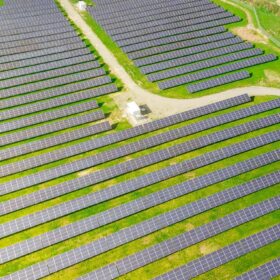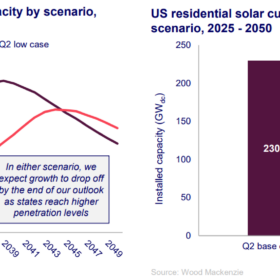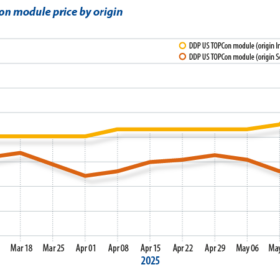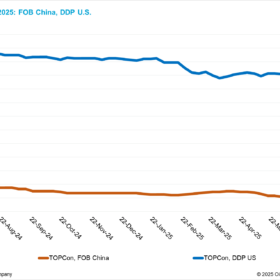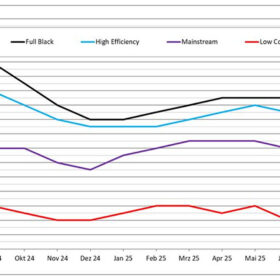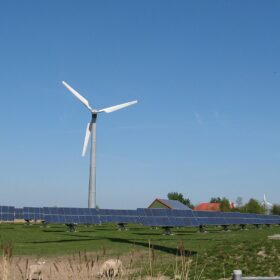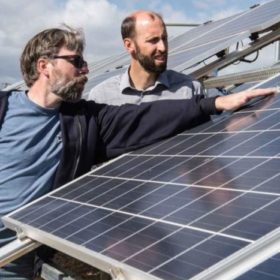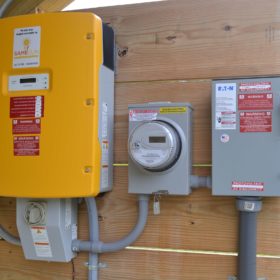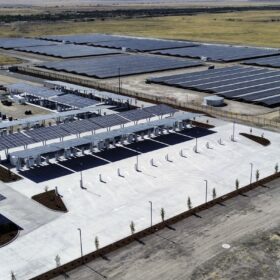Cracking the solar financing code for the “unbankable” mid-sized project
Small businesses and nonprofits have been largely ignored by traditional solar financiers, as they often don’t fit the standardized loan models built for homeowners with strong FICO scores.
An ambitious proposal to quickly add 23 GW of renewables in California
California could move quickly to enable 23 GW of renewables near existing thermal generators, in time for the projects to qualify for tax credits before they expire, says a think tank policy director.
Global electricity demand to rise in 2026 as renewables lead, says IEA
Global electricity demand is set to rise more than 3% per year through 2026, driven by growth in Asia and greater use across industry, data centers, and transport, with renewables, gas, and nuclear meeting most of the increase, says the International Energy Agency (IEA).
Solar module manufacturer financial stability rankings
Hong Kong-based quality assurance provider Sinovoltaics reported Insolation Energy, Waaree Renewable Technologies, and Solex Energy maintained their top three spots in the ranking this quarter. The number of companies with healthier Altmann-Z scores stayed the same at nine.
Federal budget bill to cut residential solar in half through 2030, said Wood Mackenzie
The One Big Beautiful Bill Act policy changes could cut installations by up to 46%, but long-term market has “massive potential.”
Trade headwinds fragment PV prices
Tempestuous trade conditions and policy uncertainty have led to module price fragmentation in the United States. Ahead of an expected reduction in manufacturing capacity utilization, leading manufacturers in China produced a high volume of cells in the spring. OPIS editorial director Hanwei Wu explains the latest market developments.
Peak Energy launches first U.S. grid-scale sodium-ion storage system
Peak Energy’s passively cooled sodium-ion system, part of a shared pilot with utilities and independent power producers (IPPs), targets a 20% lifetime cost drop and a 33% cut in degradation over 20 years.
Solar panel prices climb amid concerns about delinking with market fundamentals
In a new weekly update for pv magazine, OPIS, a Dow Jones company, provides a quick look at the main price trends in the global PV industry.
Solar module prices on a clear downward trend
PV module prices have fallen by around 5% to 8% across all technology classes in recent weeks. says Martin Schachinger, the founder of pvXchange.com. This means that prices are moving strongly back toward the level we saw at the beginning of the year, which can only be described as unhealthy for module producers.
Over 100 GW of U.S. solar, wind projects no longer pencil out, says FTI Consulting
Tax credit cuts from the Republican Congressional budget bill have made more than 320 proposed solar and wind projects no longer economically viable, said the business consultancy.


